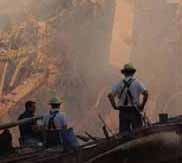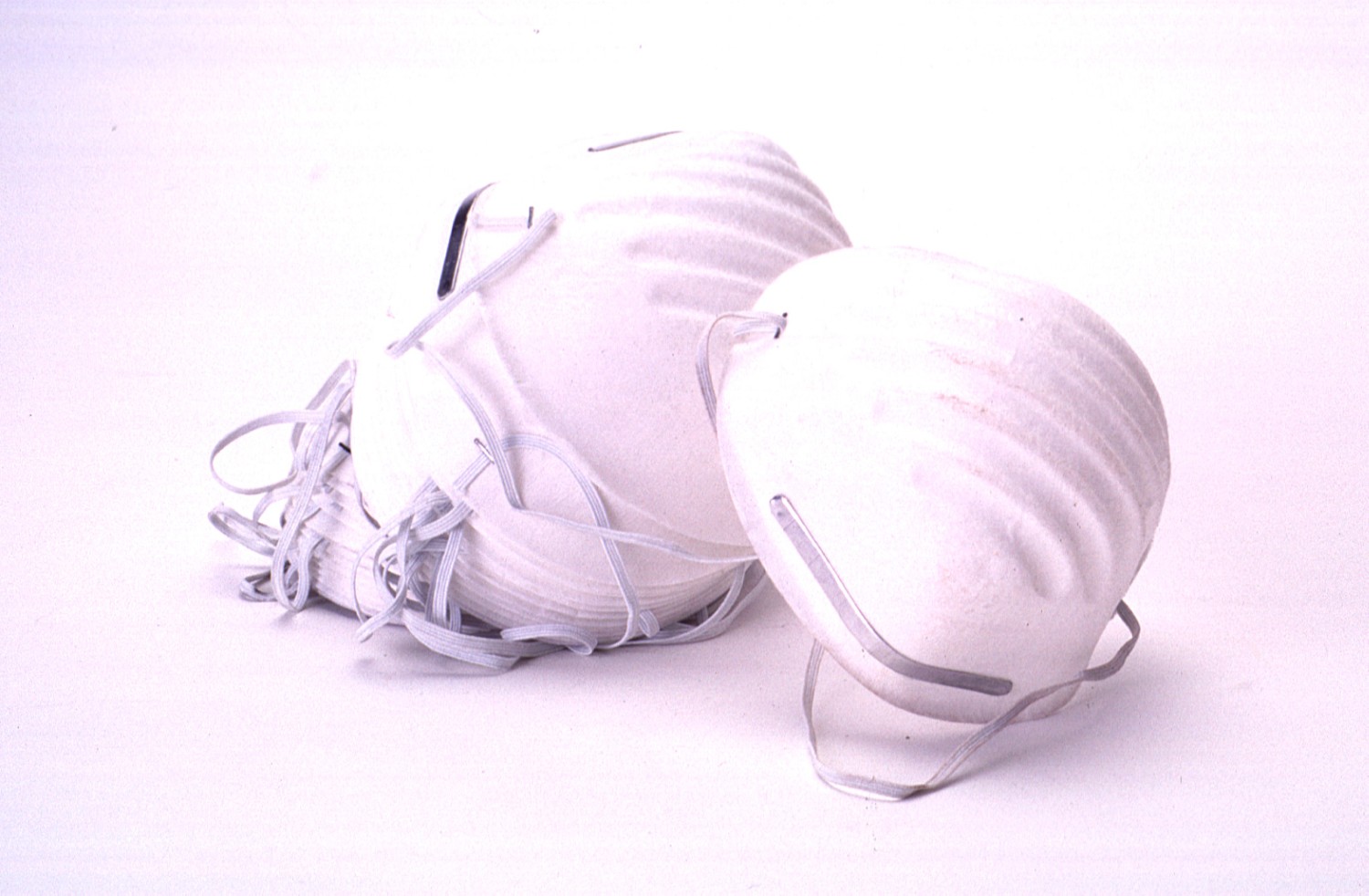
THURSDAY, March 4 (HealthDay News) — New research suggests that airway injuries account for the asthma that has afflicted many New York City Fire Department rescue workers who were exposed to dust from the World Trade Center collapse.
The dust appears to be causing symptoms similar to those seen in decades past in miners exposed to toxins, said Dr. Michael D. Weiden, a New York City fire department medical officer and lead author of the new study on the lung problems of the 9/11 rescue workers.
“You usually think people get an injury and they heal,” he said. “In this case, they continued to have symptoms and present for medical attention for a long time after a relatively brief exposure. It shows that the irritation caused ongoing inflammation which affected the airways of these people.”
Experts estimate that as many as 40,000 people breathed noxious pollution, including dust, in the wake of the terrorist attack on the World Trade Center on Sept. 11, 2001. Protective masks weren’t always immediately available for first responders.
Doctors have been monitoring 13,234 rescue workers from the New York City Fire Department. Of those, specialists have evaluated 13 percent — 1,720 — because they’ve showed signs of lung problems.
That’s a major increase in lung problems since before 9/11, Weiden said. Doctors consider that a sign that firefighting itself, with its exposure to smoke and other toxins, isn’t the main cause of the lung ailments experienced by the first responders.
Also, he said, “the people who were there at the time of the collapse and were caught in the dust cloud have had the highest need to go on to treatment. People who were there after that afternoon had a somewhat lower incidence, and those who came three days later had even lower need.”
The new study compiles the results of lung examinations of those rescue workers. The findings are published in the March issue of Chest.
Between 20 percent and 25 percent of the 1,720 rescue workers have developed “really significant asthma,” Weiden said.
“Without provocation, their lung function is pretty good. When they’re exposed to an irritant, their lung function declines. That’s very bad for firefighters.”
But why did they develop asthma? The study suggests that their lungs were injured by exposure to World Trade Center dust and became more sensitive. However, doctors didn’t find unusual signs of lung scarring, Weiden said, which would suggest that something else occurred.
“Now that we have a clear understanding of what they’ve got, we can focus our attention on treating it,” he said. “We can nail down for the rest of the community the observation that this is airway injury and we can treat it like asthma.”
Dr. Jacqueline Moline, director of the World Trade Center Medical Monitoring and Treatment Program at Mount Sinai Medical Center in New York City, said the findings confirm previous research and reveal the persistence of lung problems related to the collapse of the twin towers.
The rescue workers “have persistent health effects and need to be followed and treated in the years to come,” she said. “People are still ill, their health has been adversely affected and they should be provided with care.”
More information
New York City has details on the World Trade Center Registry, which monitors people exposed to the disaster.

